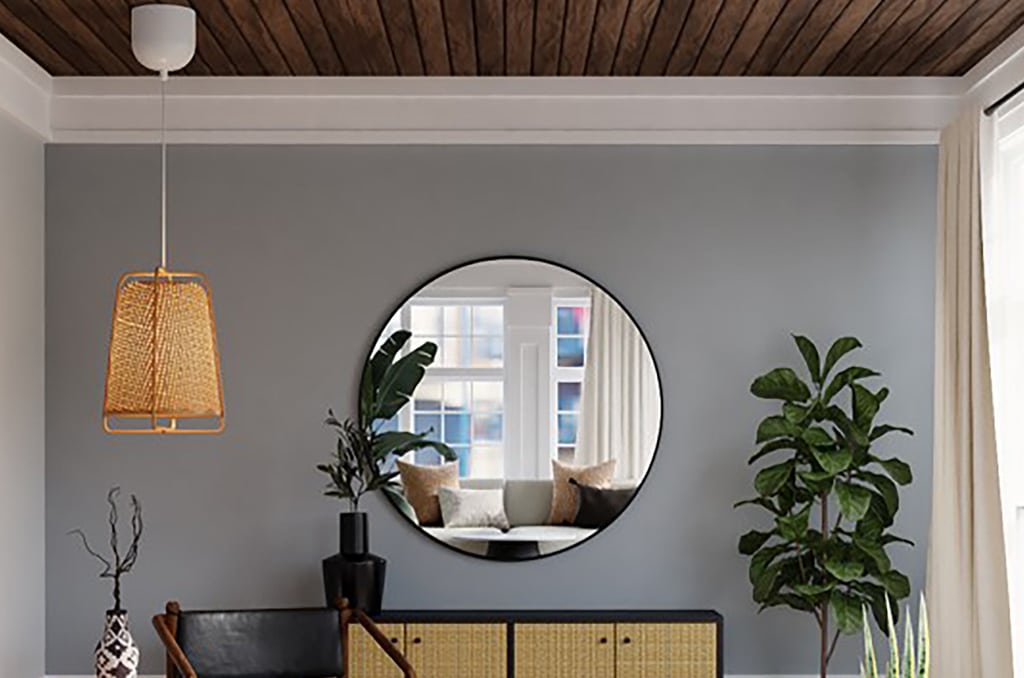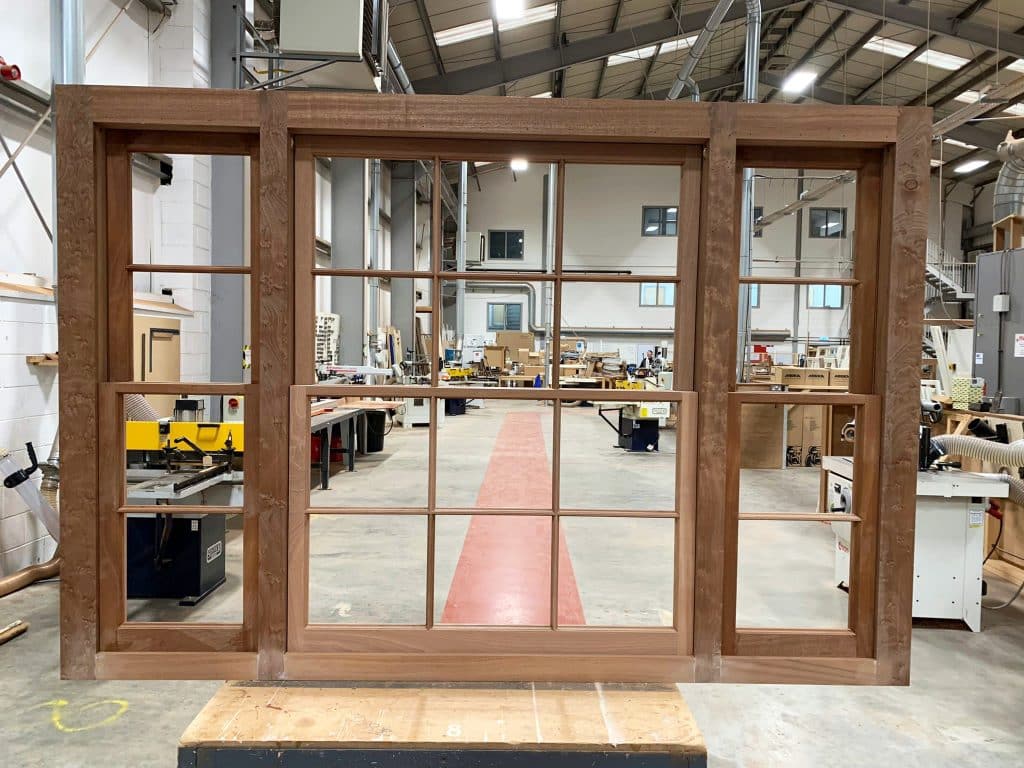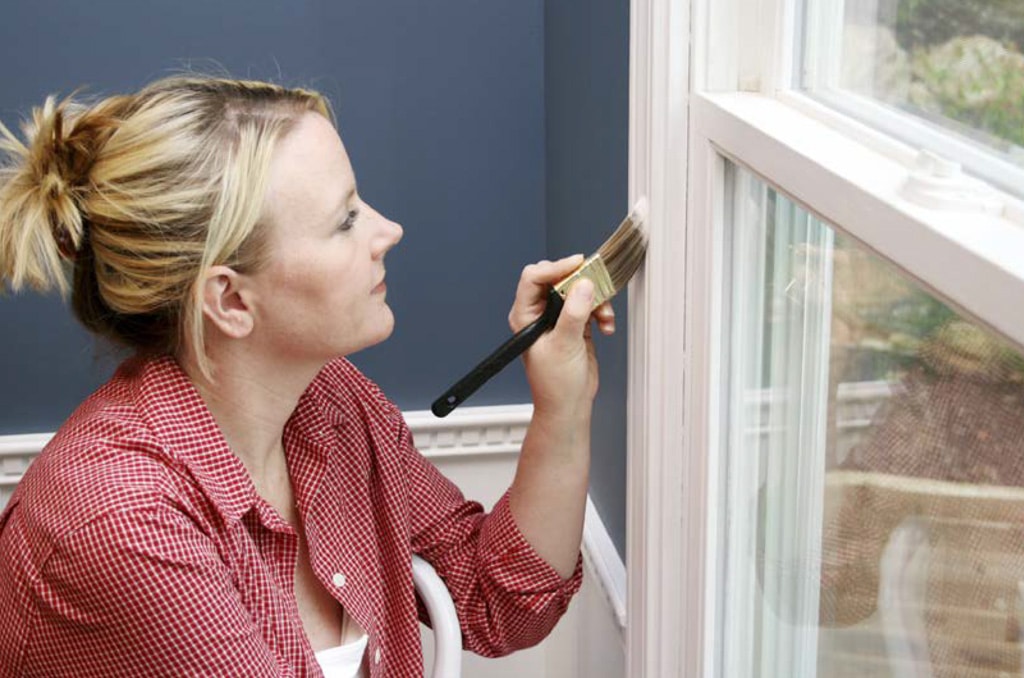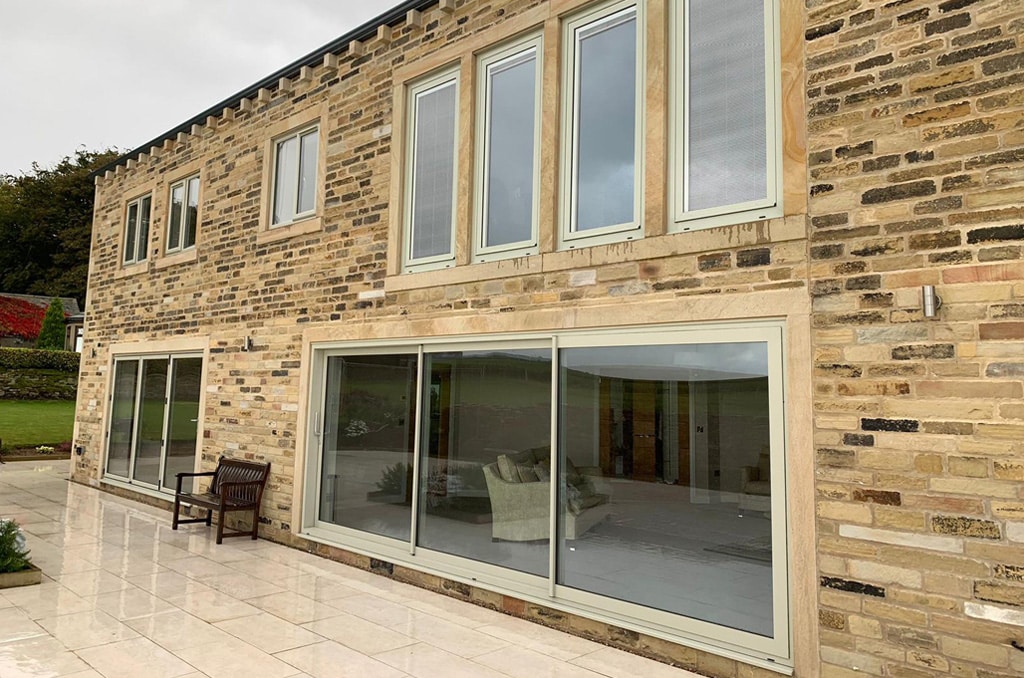Creating a more sustainable interior in your home
With ‘green’ issues a key focus for homeowners, from energy efficiency to sustainable building materials, it’s no surprise that interior designers are also taking a keen interest in planet-kind decorating ideas.
If you’re looking to embrace a more eco-friendly approach, we’ve pulled together three of the key materials, which are worth focusing on.

THE WONDER OF WOOD
Wood is, and always has been, a popular material for homes. Bringing warmth, natural grain patterns and a wide range of shades. Its uses are many and varied. Responsibly managed and fast-growing woods, like mango, cork and bamboo, are sustainable options that are used for a range of areas, from flooring to furniture. Look out for a logo of responsibly sourced timber, for added peace of mind that forests have been managed to the highest environmental, social, and economic standards.
Accoya
Accoya is also an eco-friendly wood that can be used to make windows and doors, including traditional sash and casement windows found in period properties. Accoya offers the same great performance as hardwood or other carbon-intensive materials but without the damaging impact on the environment.
Scouring salvage yards for old pieces of furniture, floorboards or scaffold boards to make shelving out of is also a great way to reduce your carbon footprint as well as to add character to your space.

ECO-FRIENDLY PAINT
Transforming your walls or updating furniture with a splash of paint can be done in an environmentally-kind way. Obviously the most planet-friendly option is to reduce the amount of times you paint your home, but if you’re looking for an ‘eco’ alternative, there are a few things to look out for.
VOCs free
There isn’t one standard that ‘green’ paint has to meet – however, on the whole you should look for paint that’s water based, non-toxic and is made with more sustainable ingredients. Eco paints tend to have lower levels of Volatile Organic Compounds (VOCs) too. VOCs give off those annoying and sometimes irritating fumes that can linger in your home for weeks after you’ve finished the DIY – so less VOCs mean less smells!

FUTURE-PROOF ALUMINIUM
One of the most sustainable metals around – aluminium is exceptional in that it can be recycled infinitely, saving around 95% of the energy that would be used to produce it in the first place. What makes it such a great material for your home is that it’s strong, durable and lightweight – its strength-to-weight ratio makes it an amazing structural material.

Aluminium’s strength also makes it a great option for windows. They may be more of an investment in the first place, but with a longer life span than uPVC alternatives, it’s worth considering. Aluminium also enables ultra-thin sightlines to be created, so it’s suitable for heritage homes, conservation areas and new builds – paired with double glazing for energy-saving warmth.
If you would like a free no-obligation survey for wood windows, the team at Ventrolla are here to help.
